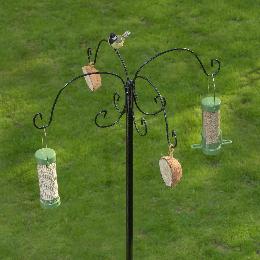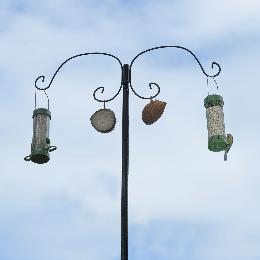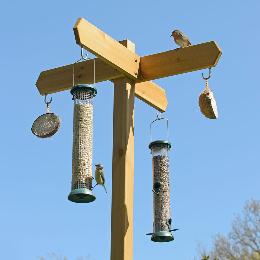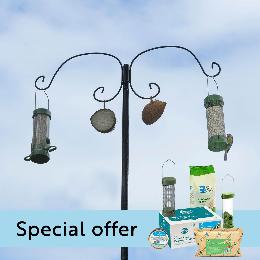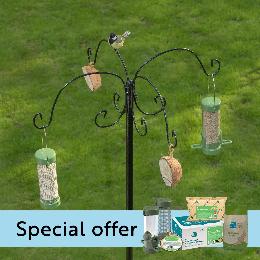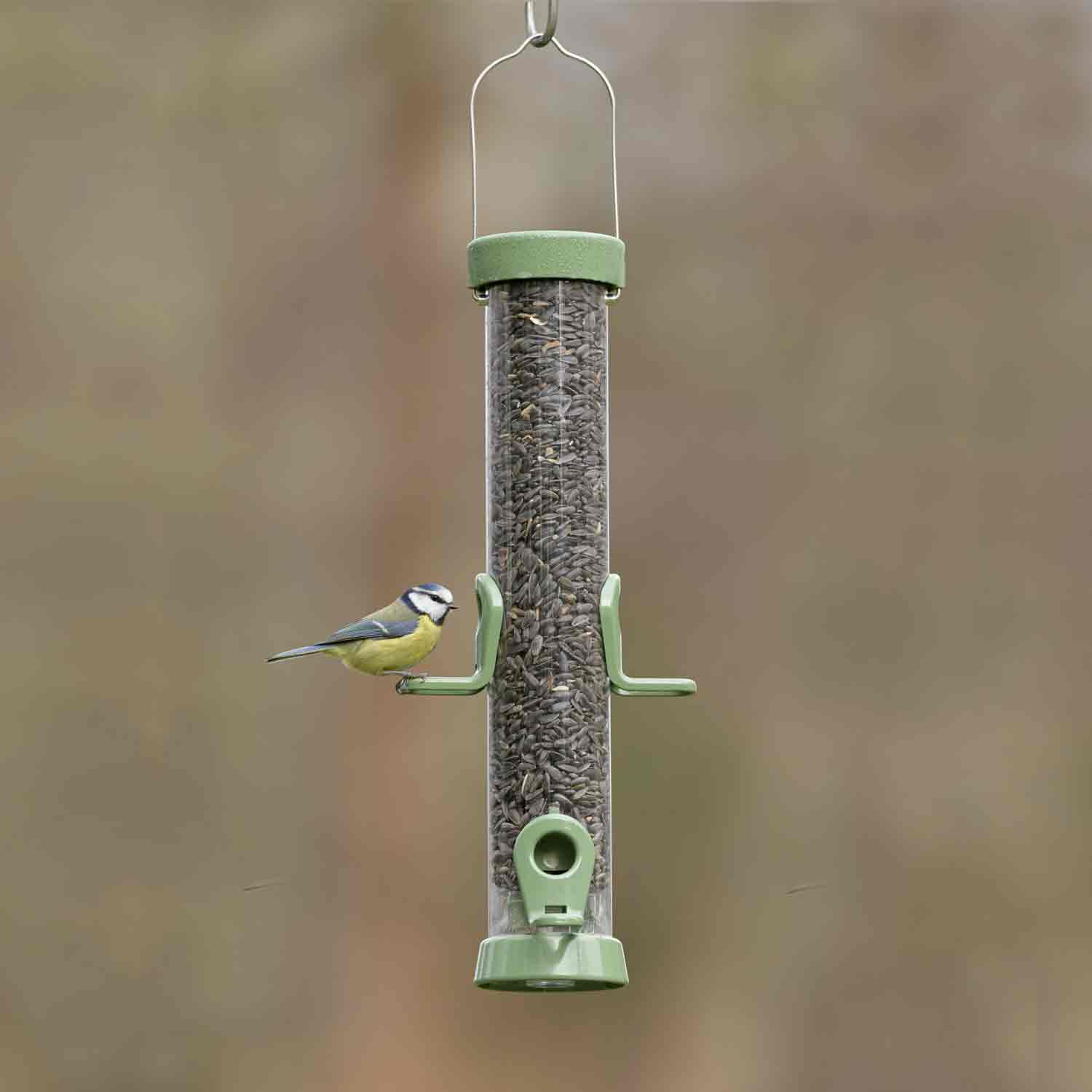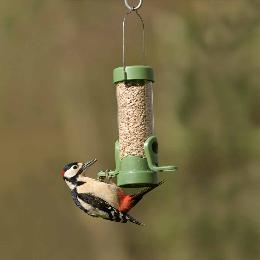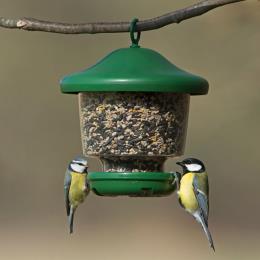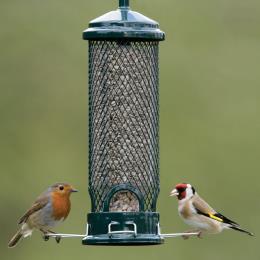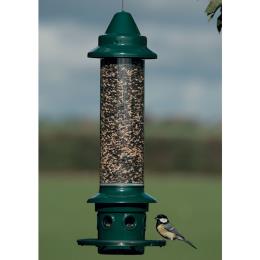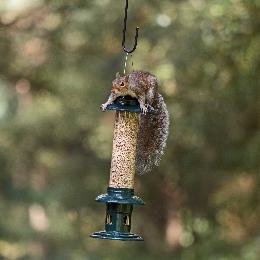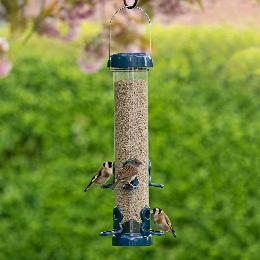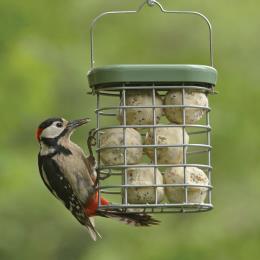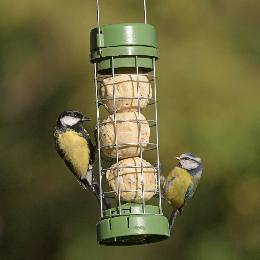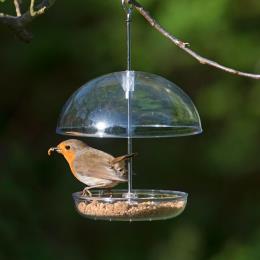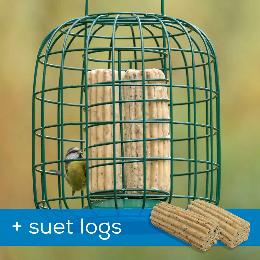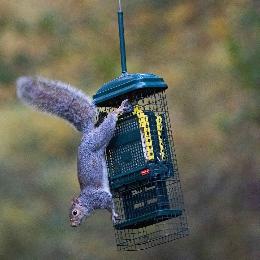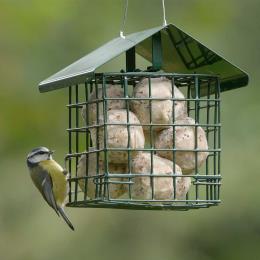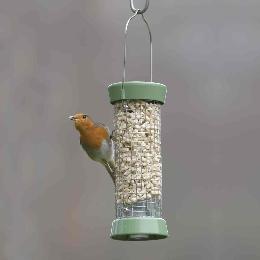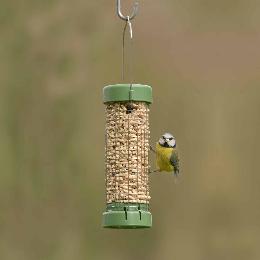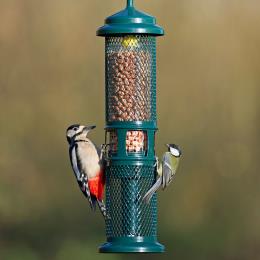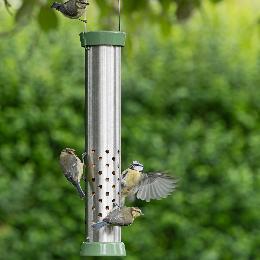Unhappy with your item? We offer no-quibble free returns
Sourced through ethical and sustainable accreditations
£3.95 standard UK shipping, or free shipping over £40
Every purchase you make supports wildlife
Bird tables
At the RSPB, the safety and welfare of birds has and always will be our priority.
We know so many of you love feeding your garden birds and some bird species really do benefit from us putting out extra food for them, especially in winter. However, there is increasing evidence that for other birds there can also be negative effects such as the spread of disease, especially among finches.
We want to make bird feeding as safe as possible, so we’re reviewing the advice we give you and products we sell based on the latest science.
As a precautionary measure, whilst we await the findings of the review, we have suspended all our bird tables and related products, Table mix and Table mix extra, window feeders and feeder guardians with trays, from sale. This is because there is evidence to suggest that some birds, particularly finches, can be more exposed to disease when fed on flat surfaces like these.
As the country's largest nature conservation charity we want to be transparent with our supporters and customers. We believe suspending the products until we have a better understanding of how the disease spreads is our best option to ensure the safety of birds.
If you have any queries about the review, please contact us at wildlife@rspb.org.uk
Please see below for a selection of alternative products that you can use.
